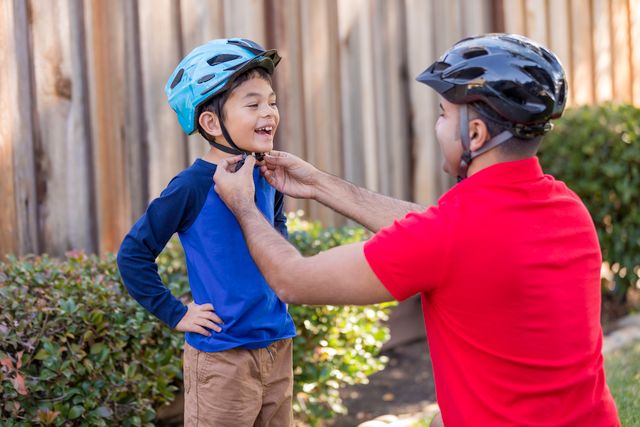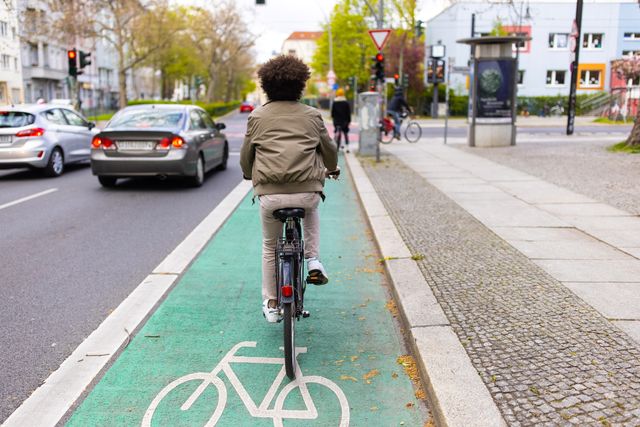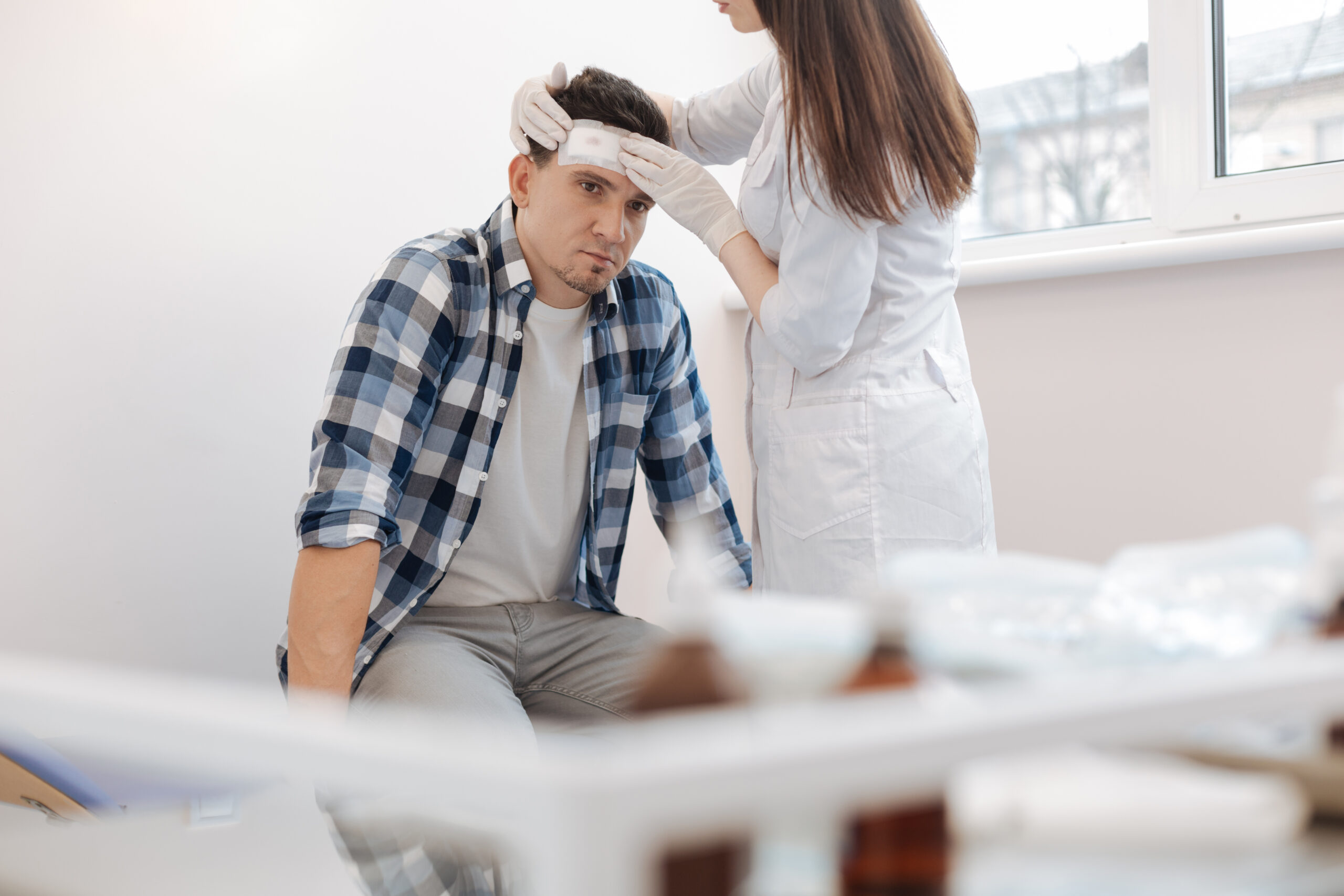Safety Tips for Riding a Bike in Pennsylvania
Riding a bike in Pennsylvania, as is the case in many places, can carry its own set of risks due to traffic, terrain, and weather conditions. To stay safe and avoid bicycle incidents, it’s crucial to equip oneself with knowledge of effective safety measures while on a bike ride. These include wearing properly fitted helmets, using reflective gear for better visibility, understanding and obeying traffic laws that apply to cyclists, and always being aware of your surroundings. Additionally, choosing routes wisely, adjusting for weather conditions, and ensuring your bike is in good working order before each ride can significantly reduce the risk of accidents. In the event you have been injured in a bike accident, contact one of the bicycle accident lawyers at PhillyLaw for a free consultation to learn more about your ability to recover compensation for your injuries.
Bike Riding Safety and Essential Bike Safety Tips
To safely ride a bike, being aware of several key safety tips will ensure that you are protecting yourself to the best of your ability.
Wear a Bike Helmet and Other Protective Gear
- Wear a Bike Helmet at All Times: Wear a helmet for your best defense against head injuries. Ensure it fits snugly and sits level on your head.
- Stay Visible: Wear brightly colored and reflective clothing and equip your bike with front and rear lights and reflectors, especially when riding in low light or at night.
- Wear Appropriate Gear: In addition to a helmet, consider gloves for grip, and padded shorts for comfort on longer rides.
- Avoid Flimsy Footwear: Wear closed-toe shoes to protect your feet. Flip-flops, sandals, or any other flimsy footwear offer minimal protection and can slip off or get caught in the bike’s moving parts, leading to accidents.
Follow the Rules of the Road
- Follow the Rules of the Road: Ride in the same direction of traffic, adhere to stop signs, obey street signs as well as all traffic lights and other traffic signals, and use hand signals to communicate your intentions to drivers.
- Avoid Distractions: Do not use phones or headphones while riding. Your full attention is required to navigate safely.
- Practice Defensive Riding: Assume that car drivers or other cyclists might not see you and be prepared to react to vehicles suddenly changing lanes or pulling out into oncoming traffic.
- Watch Out for Parked Cars: Be cautious of parked cars along your route. Doors can open suddenly, and pedestrians may emerge from between parked vehicles. Maintain a safe distance when passing parked cars to avoid collisions.
- Stay Alert: Keep an eye out for obstacles in your path, such as potholes, cracks, wet leaves, or gravel.
Use Bike Lanes
- Use Bike Lanes Whenever Possible: Opt for routes with a bike lane or paths designated for cyclists to reduce the risk of accidents with vehicles.
- Ride Single File: Especially on roads without bike lanes and in areas with heavy traffic, ride single file to minimize your presence on the road and avoid obstructing traffic flow.
Commit to Proper Bike Maintenance
- Keep Your Bike in Good Shape: Regularly check your bikes for any issues with brakes, tires, and gears. Know how to check your tire pressure.
- Learn Basic Repair Skills: Knowing how to fix a flat tire or adjust your bike chain can save you from being stranded.
- Engage with Your Local Bike Shop for Maintenance and Repairs: Regular visits to a bike shop can ensure that your bike is in top condition. Skilled mechanics can perform complex repairs and recommend maintenance to prevent future problems. Plus, they can offer valuable advice on choosing the right bikes and other equipment for your cycling needs. Support from a professional can significantly enhance your riding experience by ensuring safety and reliability on every ride.
What to Do If You Are Involved in a Bike Accident
Bike accidents can be unsettling, but knowing how to handle the situation can greatly influence the outcome. Here are steps to follow if you find yourself involved in an accident:
- Stay Calm and Check for Injuries: First, ensure you are out of danger from ongoing traffic. Remain calm and assess yourself for any injuries. Call for medical help if needed, even if the injuries seem minor.
- Move to a Safe Location: If you’re able to, move yourself and your bike to the side of the road or a nearby sidewalk to avoid any further accidents or injuries.
- Exchange Information: Exchange contact and insurance information with the other party involved. It’s important to gather names, addresses, phone numbers, and any vehicle information including license plate numbers and insurance details.
- Document the Accident: Take photos of the scene, including any damages to your bike and the vehicle, road conditions, and any visible injuries you have. If there were any witnesses, collect their contact information as well.
- Report the Accident: Notify the police about the accident. A police report can be valuable for insurance claims and legal purposes. Be factual in your report without admitting fault.
- Seek Medical Attention: Even if you don’t think you’re seriously injured, it’s crucial to see a doctor after an accident. Some injuries might not be immediately apparent.
- Notify Your Insurance Company: Inform your insurance company about the accident as soon as possible. Provide them with the collected information and cooperate with their process.
- Consult with a Bicycle Accident Attorney: Consider consulting with an attorney who specializes in bicycle accidents. They can provide legal advice, help protect your rights, and guide you through any claims process.
Remember, safety should always be your top priority. Taking these steps can help ensure that you’re properly cared for and protected legally and financially after an accident.
Common Bicycle Accident Injuries
Bicycle accidents can result in a variety of injuries, ranging from minor to severe. Some of the most common injuries cyclists face include:
- Head Injuries: These can range from minor concussions to serious traumatic brain injuries (TBIs). Wearing a helmet reduces the risk but doesn’t eliminate it entirely.
- Road Rash: Abrasions or scrapes that occur when a cyclist’s skin slides across the pavement. While often considered minor, they can be quite painful and prone to infection if not properly treated.
- Fractures: Broken bones are common, especially in the wrists, arms, and legs, as cyclists instinctively reach out to break a fall or are thrown off the bike.
- Soft Tissue Injuries: Includes sprains, strains, and bruises. These injuries may not be immediately apparent but can cause significant discomfort and require prolonged recovery times.
- Facial and Dental Injuries: Falls or collisions can lead to facial fractures, lacerations, or dental injuries.
- Internal Injuries: Serious impacts can cause internal injuries, including organ damage or internal bleeding. These require immediate medical intervention.
Understanding these common injuries emphasizes the importance of safety measures, such as wearing appropriate gear and practicing defensive riding techniques, to mitigate the risk of accidents and injuries.
PhillyLaw is Committed to Helping Victims of Bike Accidents
If you have been injured in a bike accident, knowing where to turn for help can make all the difference in your recovery and compensation process. PhillyLaw is well-equipped and ready to assist you during such challenging times. Our experienced team specializes in bicycle accident cases, understanding both the nuances of the law and the unique needs of cyclists. We are dedicated to ensuring you receive full support—legally and personally—as you navigate through the aftermath of an accident. With PhillyLaw, you’re not just getting a lawyer; you’re partnering with a team that stands firmly beside you, ready to fight for your rights and secure the best possible outcome for your situation. Contact our bicycle accident lawyers today for a free consultation.



